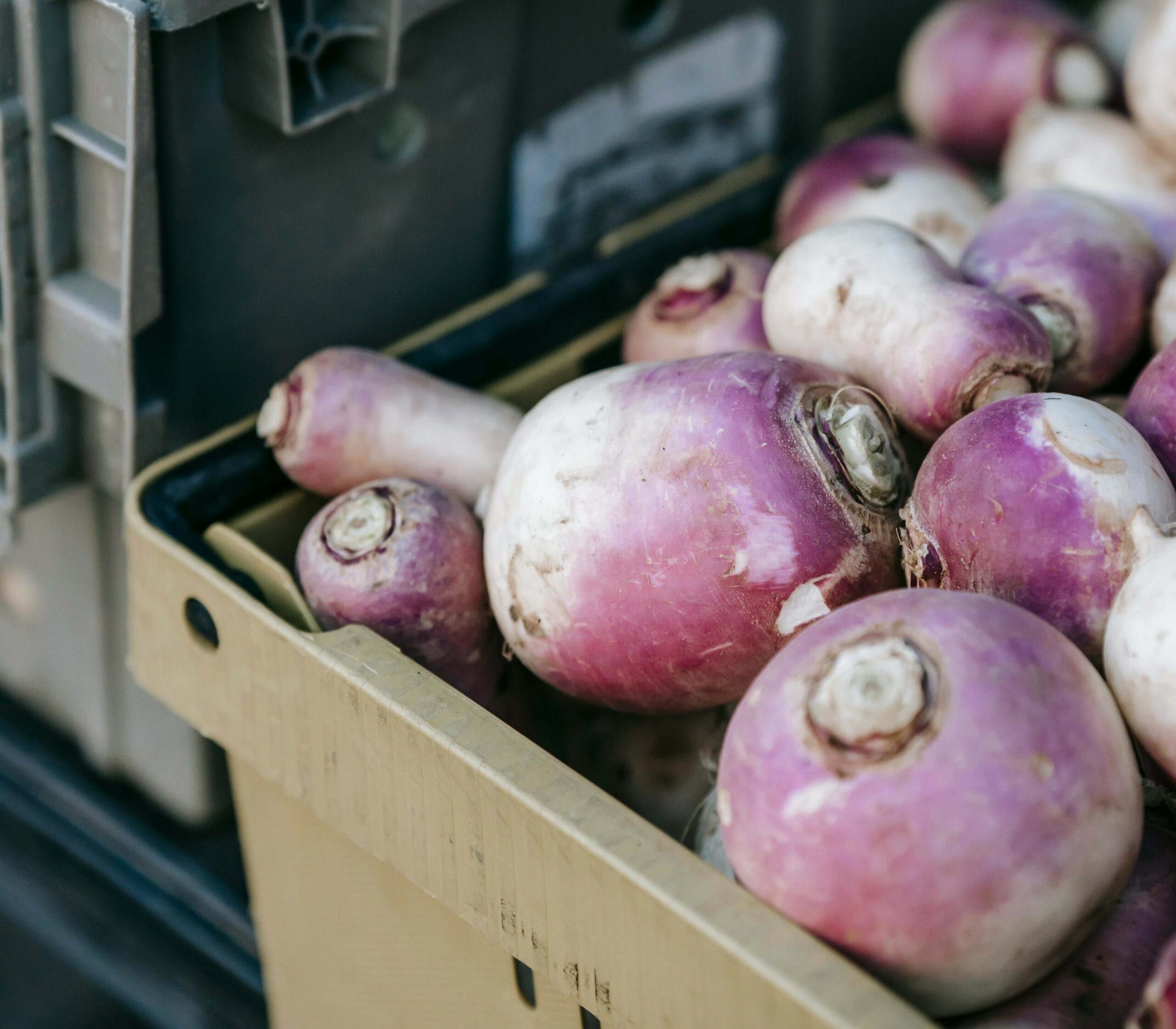July 25 is Turnip Day in Missouri

COLUMBIA, Mo. — There is an old Missouri saying, “On the 25th of July, sow your turnips, wet or dry.”
This local proverb vaulted into the national spotlight during the presidency of Missouri native Harry S. Truman, said University of Missouri Extension state specialist David Trinklein.
Evidently, the congressional session of 1948 was particularly contentious, with the GOP-dominated Congress refusing to pass any of President Truman’s initiatives. In reprisal, Truman called a two-week special session to deal with matters Congress had refused to address before adjourning for the summer. The President proposed that it should begin on “what we in Missouri call Turnip Day — July 25th.”
The tactic did not work. Congress still refused to pass any of President Truman’s initiatives in what historians refer to as the Turnip Day Session, which ran July 26-Aug. 3. However, it did bring to the attention of the American public that, at least in Missouri, late July is a good time to plant turnips.
“Turnip, an ancient vegetable that’s been cultivated for thousands of years, is underappreciated as a fall vegetable crop.” said Trinklein.
Growing
It’s best to plant this versatile vegetable in late summer so plants will mature during the cool fall weather. It takes about two months for turnips to mature, depending on the variety, Trinklein said, and fall turnips are usually sweeter and more tender than those planted in the spring.
Choose a site that gets full sun and has well-drained soil, Trinklein said. Use a garden fork or tiller to loosen the soil down 12 to 15 inches. Broadcast turnip seed over your well-tilled bed and rake lightly to cover the seeds. Give turnips about an inch of water a week to keep the roots from becoming tough and bitter. Mulch heavily. Turnips don’t like to share space, so keep the weeds away.
Both the root and the leaves care edible. “Just take some of the outer leaves off while it’s growing,” Trinklein said in a press release. “It might result in a root that’s a little smaller, but you’re still going to have a root at harvest.”
If you grow turnips just for their greens, you don’t need to thin out the seedlings. If you want the root, thin the seedlings 2 to 4 inches apart after they’ve grown 4 inches high, Trinklein said.
Harvesting and storage
This plant loves cool weather. In fact, turnips will taste sweeter if you harvest them after a light frost.
“You can harvest turnips until the ground freezes,” Trinklein said. “The later you wait, and the cooler the temperature surrounding them, the milder and more flavorful they’ll become.”
If you have enough room, turnips can be stored for three or four months in your refrigerator. Or, Trinklein says, you can build a simple and inexpensive root cellar to store all your root vegetables.
“Nearly bury a plastic trashcan at a 45-degree angle so it can shed water,” he says. “Place the produce into the can, put on the lid and then cover with a cushy layer of some mulching material such as straw. It’s a root cellar without the cellar.”
Health benefits
Both the root and the leaves are a nutritious addition to any diet.
Low in calories, turnips are nutrient powerhouses and a good source of vitamin C, dietary fiber and glucosinolates, Trinklein says. The latter are sulfur-containing compounds that have been shown in animal studies to reduce DNA damage and fight cancer.
Today, turnips are more of a staple in the European diet. Why not find out what Americans have been missing by adding this nutritious and versatile vegetable to your home garden this season?
Miss Clipping Out Stories to Save for Later?
Click the Purchase Story button below to order a print of this story. We will print it for you on matte photo paper to keep forever.

